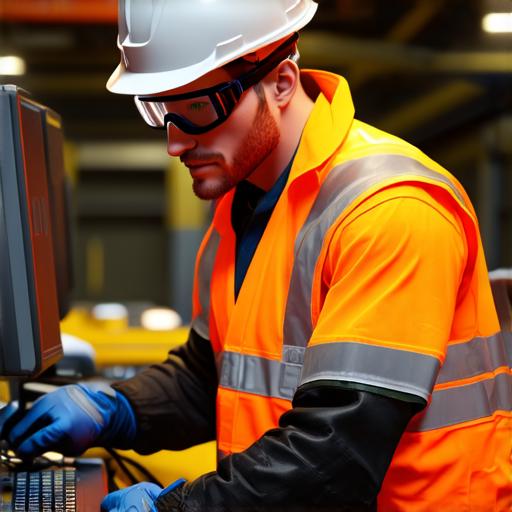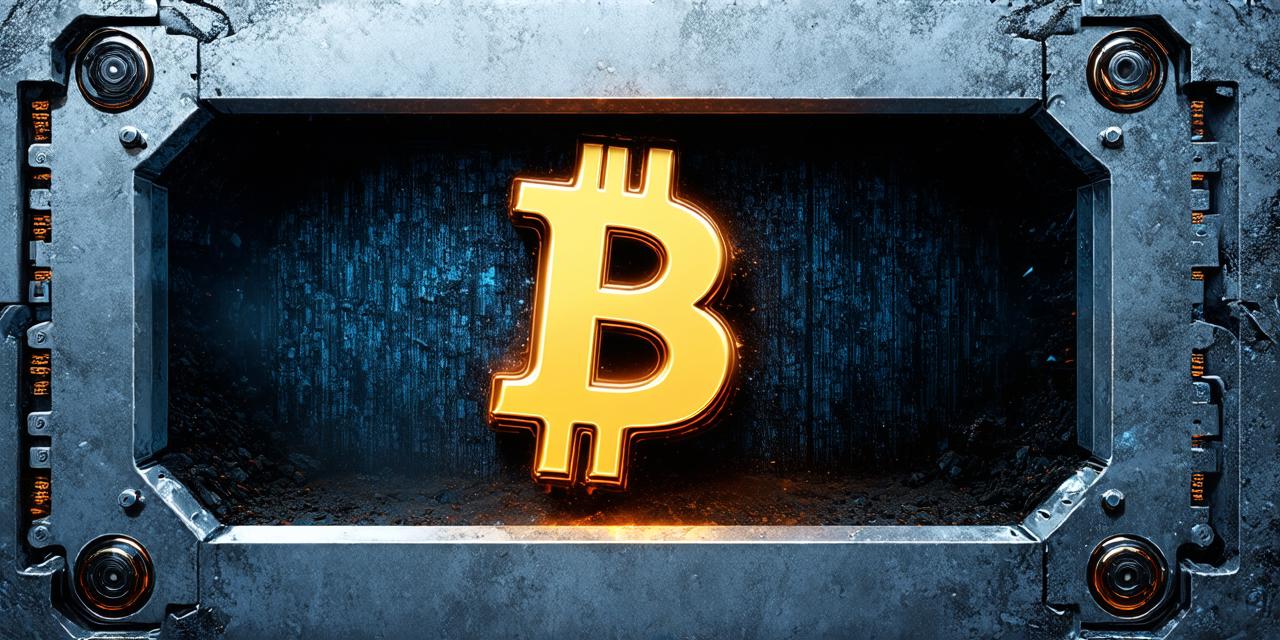Introduction:
The world of cryptocurrency is ever-evolving and presents an exciting opportunity for developers to be part of the innovation. One way to contribute to the ecosystem is by mining cryptocurrencies, which involves verifying transactions on a network and creating new blocks in the blockchain. In this guide, we will walk you through the process of how to begin cryptocurrency mining and provide tips and tricks to help you get started.
What is Cryptocurrency Mining?
Before we dive into the details of how to start mining cryptocurrencies, let’s first understand what it entails. Cryptocurrency mining involves using computing power to solve complex mathematical problems that secure the network and validate transactions. When a problem is solved, a new block is added to the blockchain, and the miner is rewarded with a certain amount of the cryptocurrency.
Types of Cryptocurrencies for Mining:
There are several types of cryptocurrencies that can be mined, including Bitcoin, Ethereum, Litecoin, Ripple, and many others. Each cryptocurrency has its own unique mining process and reward structure. In this guide, we will focus on Bitcoin as it is the most popular and widely used cryptocurrency for mining.
Hardware Requirements:

Before you start mining, you’ll need some hardware. The minimum requirements for Bitcoin mining include a computer with at least 4GB of RAM and a graphics card with at least 512MB of memory. However, to be competitive in the mining game, you will need more powerful hardware such as ASIC miners or GPUs with higher memory capacities.
Software Requirements:
In addition to hardware, you’ll also need software to mine cryptocurrencies. There are several options available, including popular mining software like Bitcoin Miner and Ethminer. These programs allow you to connect your computer to a mining pool and start earning rewards.
Mining Pools:
A mining pool is a group of miners who work together to solve complex mathematical problems and validate transactions on the blockchain. When a problem is solved, the reward is distributed among the members of the pool based on their contribution. Mining in a pool can be more efficient than solo mining as it allows you to share the risk and increase your chances of earning rewards.
How to Start Mining:
Now that we’ve covered the basics of cryptocurrency mining, let’s walk you through the steps to get started.
Step 1: Choose Your Cryptocurrency
The first step in starting to mine is choosing your cryptocurrency. As mentioned earlier, Bitcoin is the most popular and widely used cryptocurrency for mining. However, you can choose any other cryptocurrency that interests you and has a good potential for returns.
Step 2: Choose Your Mining Hardware
The next step is to choose your mining hardware. If you’re starting out, a computer with at least 4GB of RAM and a graphics card with at least 512MB of memory will suffice. However, if you want to be competitive in the mining game, you will need more powerful hardware such as ASIC miners or GPUs with higher memory capacities.
Step 3: Install Your Mining Software
Once you’ve chosen your hardware, the next step is to install your mining software. There are several options available, including popular mining software like Bitcoin Miner and Ethminer. These programs allow you to connect your computer to a mining pool and start earning rewards.
Step 4: Join a Mining Pool
<p
